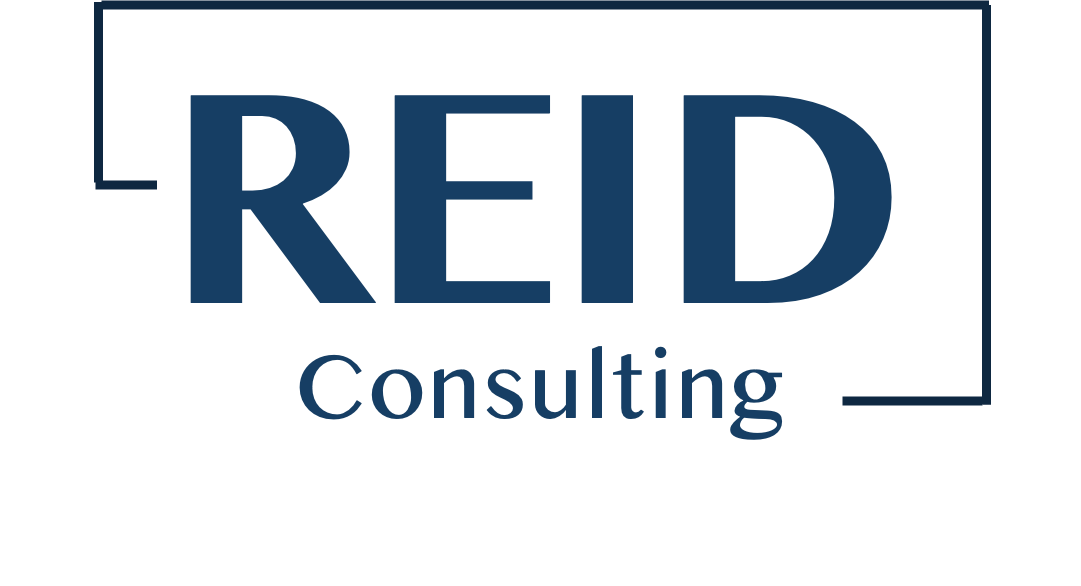Contracts, One Size Does Not Fit All
Choosing the right construction contract might not be the most glamorous part of a building project, but it’s undoubtedly the secret sauce that transforms construction chaos into a smooth, successful journey. Think of it as the foundation for everything that follows; set it up correctly, and your project is primed for efficiency, collaboration, and high-quality results. An essential step in this process is selecting the most suitable contract type for your specific project.
Imagine trying to fit a square peg into a round hole, it simply doesn’t work! Similarly, choosing an inappropriate contract can lead to misunderstandings, delays, and increased costs. The key is to select a contract that guides your project with clarity, harmony, and a bit of flexibility. Common industry agreements each have unique advantages depending on your project’s scope, budget, and complexity.
The contracting strategy you choose not only influences project costs but also impacts risk management and performance. Aligning the agreement type with your project’s specifics minimizes misunderstandings, reduces disputes, and encourages innovative problem-solving. Properly structured contracts motivate contractors to control costs, stay on schedule, and deliver quality work.
Selecting the right construction contract is a vital decision that sets you on the right path for your project. With a thoughtful approach, precise bidding, clear scope definition, strategic negotiation, and suitable contract type, you set the stage for a successful build, turning ambitious visions into reality with fewer surprises and more achievements. This contract isn’t just administrative hoop-jumping, it’s the backbone of a successful, stress-free project. It ensures everyone from the project owner to the subcontractors is singing from the same hymn sheet. When a competent design and construction manager handles this vital step with professionalism and precision, it unlocks a chain reaction of benefits: smooth workflows, satisfied stakeholders, and ultimately, a dazzling finished product.
